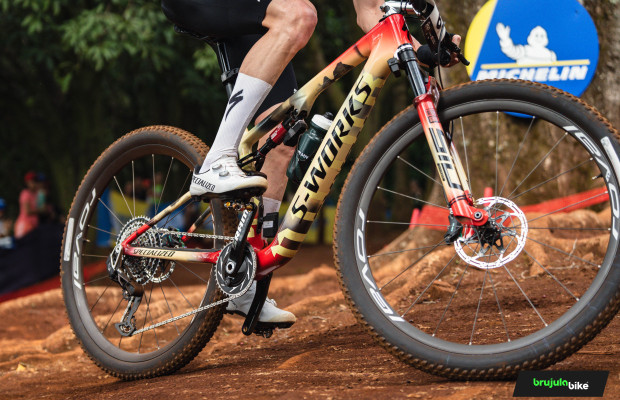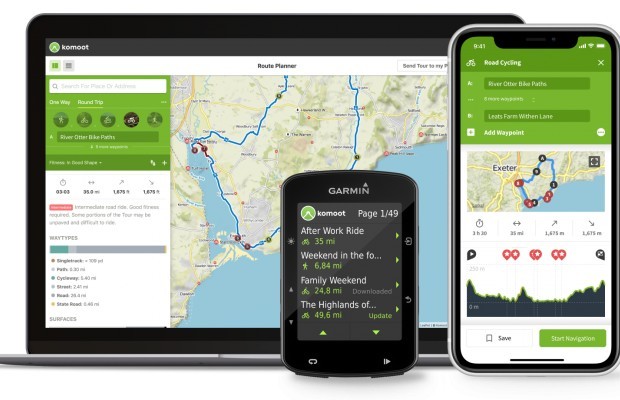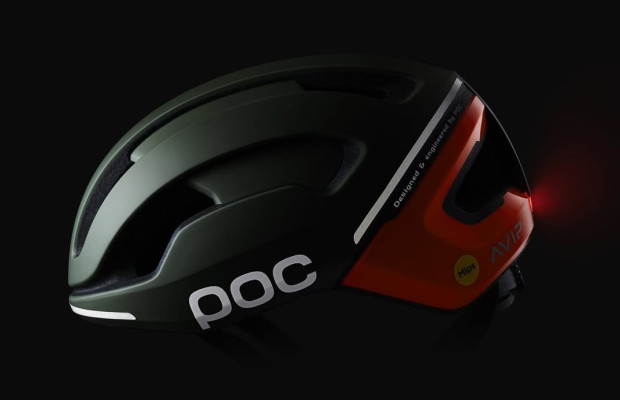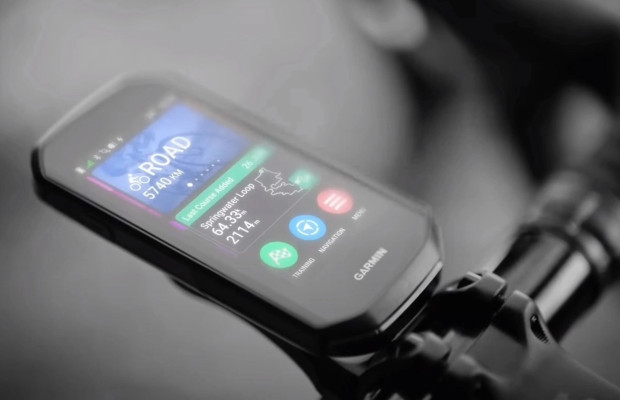The cycling metrics you should monitor to train with knowledge
Metrics are fundamental to draw conclusions from our training beyond just our feelings. However, we often have a quantity of data that can make it difficult to read and interpret correctly. In this article, we review the most important metrics and the keys to analyzing them properly.

Cyclist metrics: a guide to understanding which are the most important and how to interpret them
Many cyclists seek a detailed measurement of their bike rides. Feelings are often a good indicator, especially when interest in data takes a back seat. However, some people pay attention to the metrics, either to train to improve performance or out of simple curiosity.
However, metrics can be somewhat difficult to interpret and it's normal to feel a bit lost without experience. Each cyclist's personal preference can influence their reference metrics. Below, we review each of the most important ones.
Speed
RECOMENDADO

S-Works: what does it really mean and where does Specialized's most exclusive label come from?

The best apps for cycling and mountain biking

Black Friday 2025 cycling bargains: save on Garmin, POC, Maxxis and more

Black Friday Garmin 2025: the ultimate guide to choosing your GPS at the best price

Do you need suspension on your gravel bike?

How to save weight on your road bike
It is one of the simplest measures to quantify, so it has the advantage that it can be measured with any cycle computer. It is a metric that allows for a first approximation of our performance on the bike. The downside is the low reliability if only this data is analyzed, as it is quite variable depending on various external factors, such as wind.
Average speed is more interesting if we are on the same route. It will be necessary to evaluate the general trend and avoid the possible deception of evaluating an isolated data point.
Distance
Another basic metric. In this case, it is a good way to quantify the evolution of the cyclist, although again the reading has many nuances. There is a big difference between covering the same kilometers on asphalt as on a mountain, just as the scenario changes completely if the route is flat or hilly.
Anyway, it is a data point that can spur the desire to improve, as it is an easy way to set goals: so many kilometers on a ride, in a week, in a month, or in a year, for example.

Time
Again, we are facing another fundamental metric. Although any watch with a stopwatch could be a good ally for this task, cycle computers have the advantage of automatically differentiating between time in motion and time at rest.
Time is important because, in many cases, it is predetermined; that is, many cyclists leave home knowing how much time they have available. Thus, the metric itself usually determines the duration of the workouts.
This data is also useful for planning the type of effort you want to make. Depending on the available time, you can opt for interval training, long rides, or adjust the duration to personal preferences.
Elevation
A less basic metric than the previous ones that allows for a deeper analysis. Climbs develop strength and are loved and hated in equal measure. The measure most commonly used is accumulated elevation gain -total number of meters climbed.
This metric provides important information for the cyclist, who is more aware of the effort they have made and can analyze the basic data mentioned earlier more rigorously.
Calories
This data measures the number of calories the body burns while pedaling, although it is a complex number to decipher and devices will always have a considerable margin of error. The problem is that it is a measure that in turn depends on many other factors -such as gender, height, age, or maximum heart rate, among others.
Although the cyclist may not have the precise data, there are acceptable options on the market. One of the best ways to know the calories burned is with a power meter; this will show the work done in kilojoules, which convert to a 1:1 ratio in calories.
Calories represent important information to stock up on the right foods for the route ahead. Cyclists who are fitter will burn fewer calories for the same effort, as their bodies will be more efficient in using oxygen.

Cadence
Cadence measures the number of pedal strokes per minute. Cyclists can know the cadence in real-time and the median for each ride. There is quite a discussion about the importance it has on performance, as the 'consensus' among professionals to pedal at 90 rpm, the benefits -especially for amateurs- are also debated by some.
The ideal cadence can vary depending on the cyclist, who will also move according to their preferences; while some are more comfortable with a slightly heavier pedaling, others prefer a lighter one.
Rating of Perceived Exertion (RPE)
It measures the intensity, the hardness of the effort we are making. It is a measurement that allows for a more detailed understanding of the cyclist's situation, something that can also be determined subjectively; that is, based on how labored the breathing is or the heart rate, which is often used to calculate this metric.
On the other hand, there are people who question the usefulness of this data. In the case of cycling, we may be working hard but producing little energy, while we may have a pleasant sensation and produce a lot of power.
Heart Rate
Heart rate increases as effort increases, and therefore, the muscles demand more oxygen. It is a metric that varies depending on some aspects -rest, heat, menstrual cycle, or hydration, among others- so its reading also requires a dose of relativity.
There is a certain lag between the increase in intensity and the increase in heart rate. However, it is impossible to understand this data without the diagnosis of a specialist, who will understand our particular case and be able to make the necessary comments.

Power
It is the most accurate measure of effort and the focus of many conversations among cyclists. The unit of measurement is watts; more watts at the same weight mean being faster. Knowing the watts in real-time indicates the intensity of the effort we are putting in at that moment.
Usually, the Functional Threshold Power (FTP) is used to measure power more accurately, as this data measures the average watts we are capable of producing over a set time.
Heart Rate Variability
It is a relatively new metric and, unlike heart rate -measured in real-time-, heart rate variability is measured once a day, preferably in the morning. It is a data point that varies depending on age and should be evaluated by a professional in the field.